Perk Up with 6 Tasteful Malaysian Drinks
Lighten your mood and rejuvenate your senses with 6 must-try Malaysian drinks!
Discover the authentic in Asian cuisine food
Around the World, Fresh Produce

Ever bought a bunch of chillis—or peppers if you prefer—and had no idea how hot they are? How does a jalapeno compare to a bird’s eye? A Thai chilli to a cayenne?
Well, we have the answer to these and myriad other heat-related questions. There is a scale for chilli heat measurement, and it’s called the Scoville Scale. Named for its creator – Wilbur L. Scoville – it measures the concentration of the chemical compound capsaicin in chillis, which is the source of the pepper’s spice and heat.
The Scoville Organoleptic test was invented by its namesake in 1912. It involved dissolving an exact weight of dried pepper in alcohol to extract the heat components (capsaicinoids), then diluting the alcohol in a solution of sugar water. Decreasing concentrations of the extracted capsaicinoids were given to a panel of five trained tasters until a majority of at least three can no longer detect any spice. The heat level is based on this dilution, rated in multiples of 100 SHU.
These days, modern chemistry has taken human error out of the equation, and spice is now measured by high-performance liquid chromatography or HPLC. HPLC results use mathematical formulas that rate the various measurable chemicals against their ability to produce heat or spice. This method produces “pungency units”, defined as one part capsaicin per million parts dried pepper mass. The number of pungency units is then multiplied by 15 to produce a Scoville score.
Great, now that we’ve got the Chemistry lesson out of the way, let’s get down to brass tacks: where your favourite chilli sits on the Scoville Scale!
A few provisos before we get started: Each chilli is different, and heat depends on a variety of factors, such as lineage, soil quality, humidity and elevation. The scale is a guide rather than a bible, so if you buy a mild chilli and get more spice than you bargained for, or buy a hot chilli and are disappointed with the level of heat, understand there is natural variation.
Here are some chillis you see every day in the supermarket.
These little bites of insanity all register in the extreme range and have terrifying names like Komodo Dragon, Naga Viper and Trinidad Moruga Scorpion. These chillis regularly produce SHU counts of over 580,000, which is vomit inducing, mouth-numbing levels of heat. I’m not sure what the point is of these chillis is beyond showing off or destroying your palate, as adding these to any dish will render it immediately inedible.
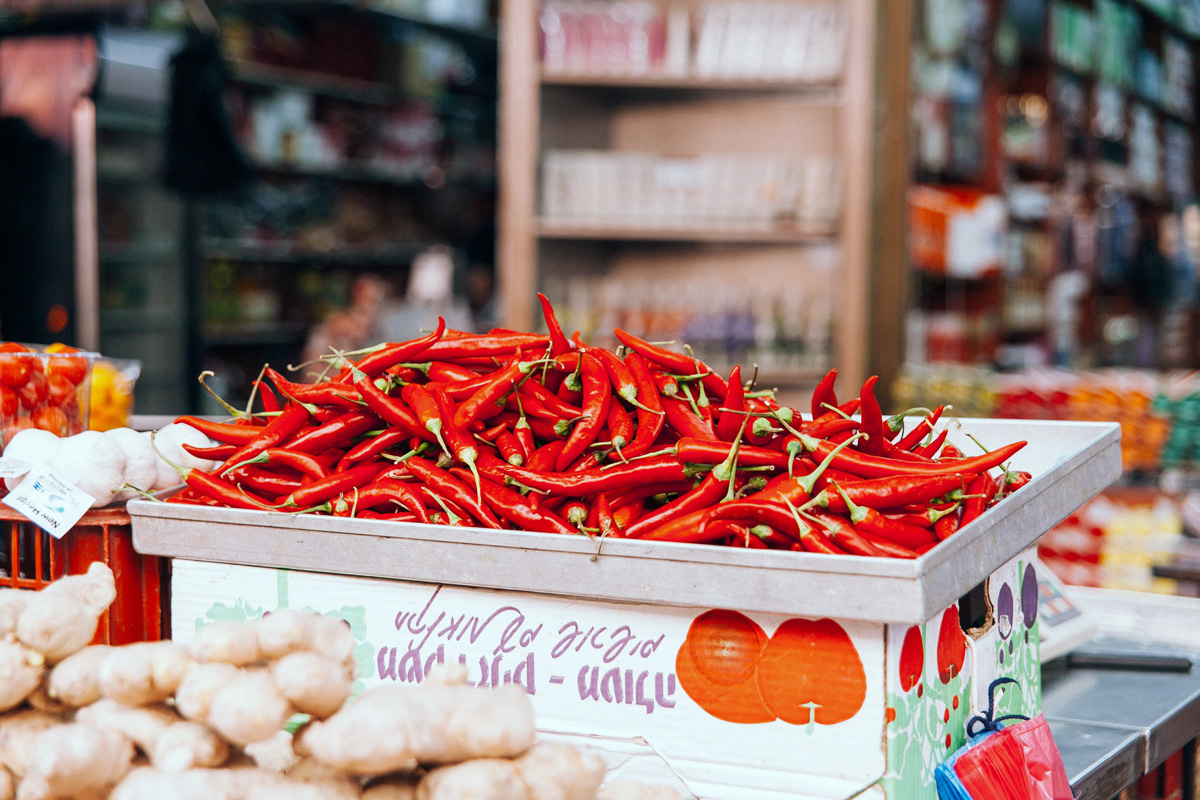
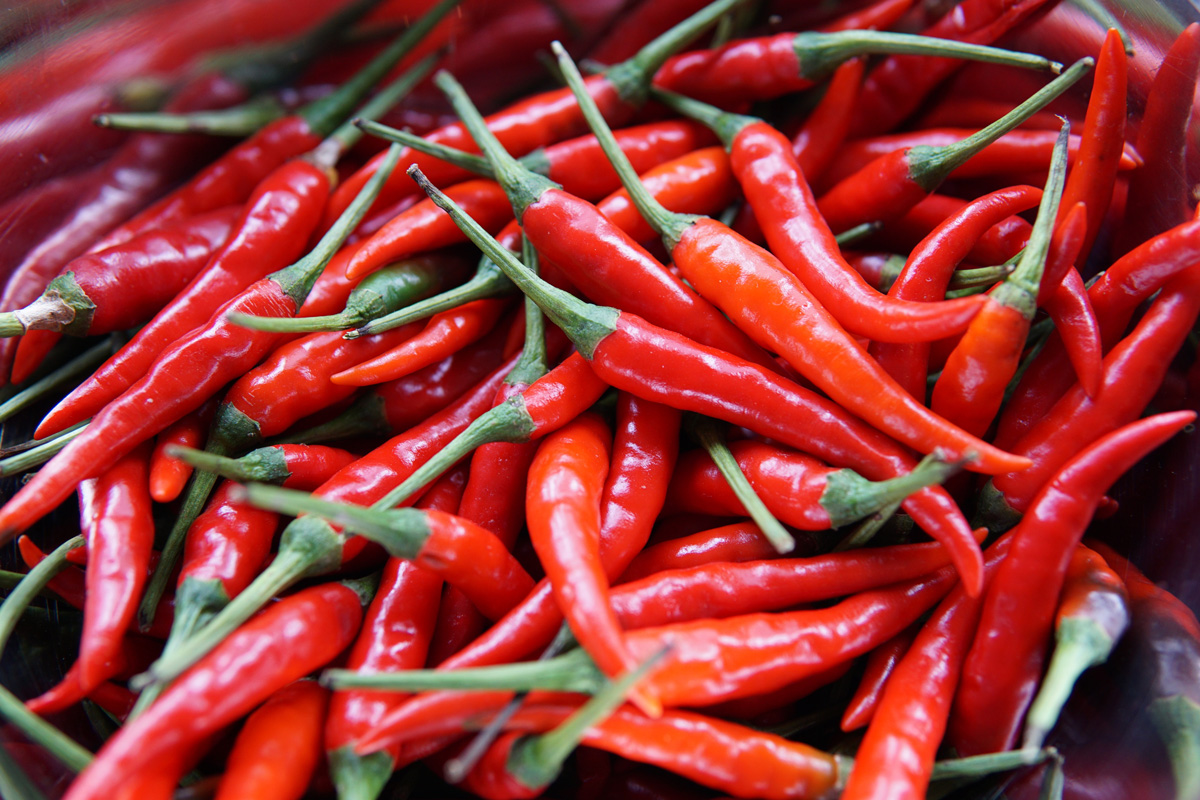
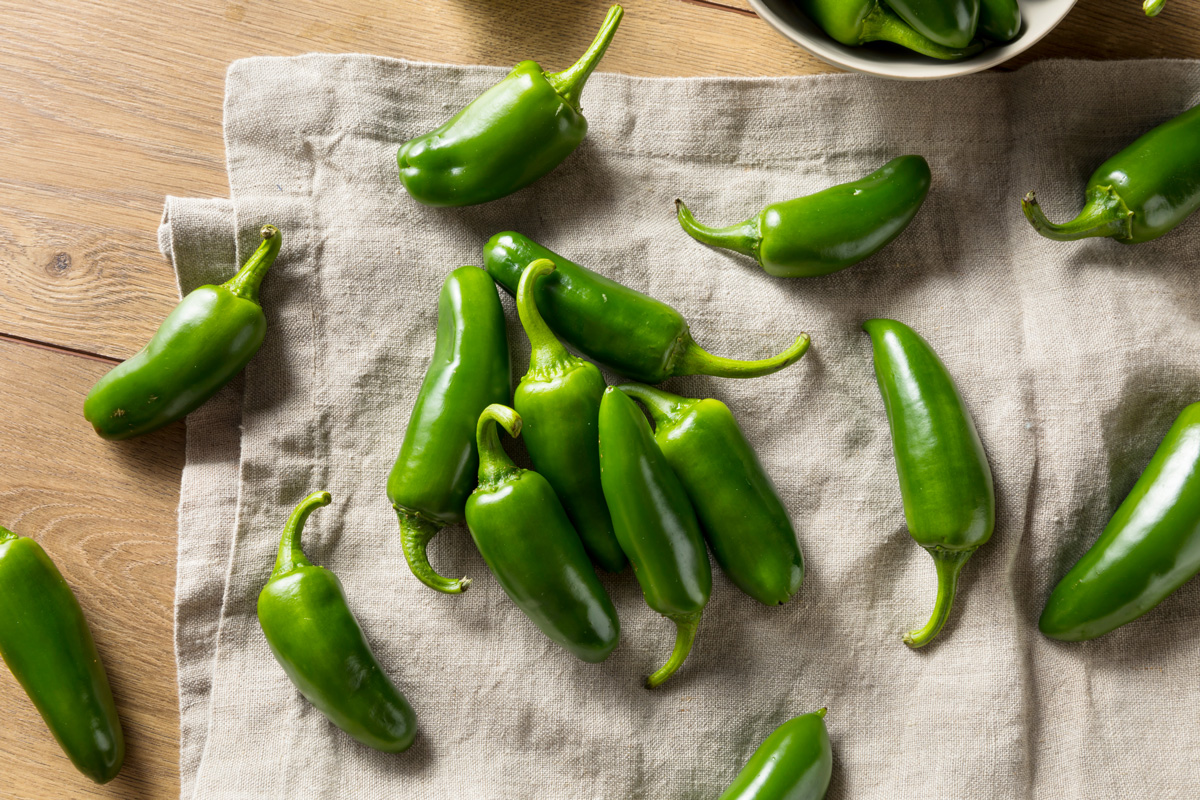
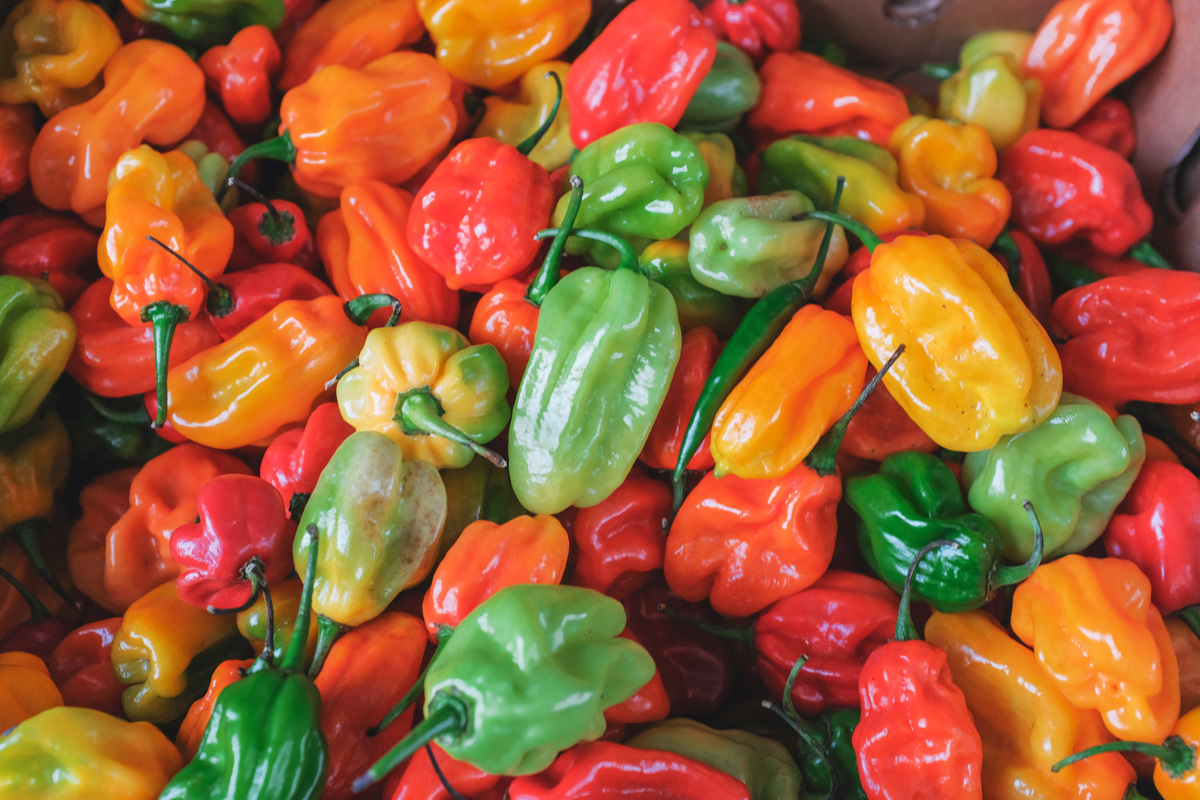
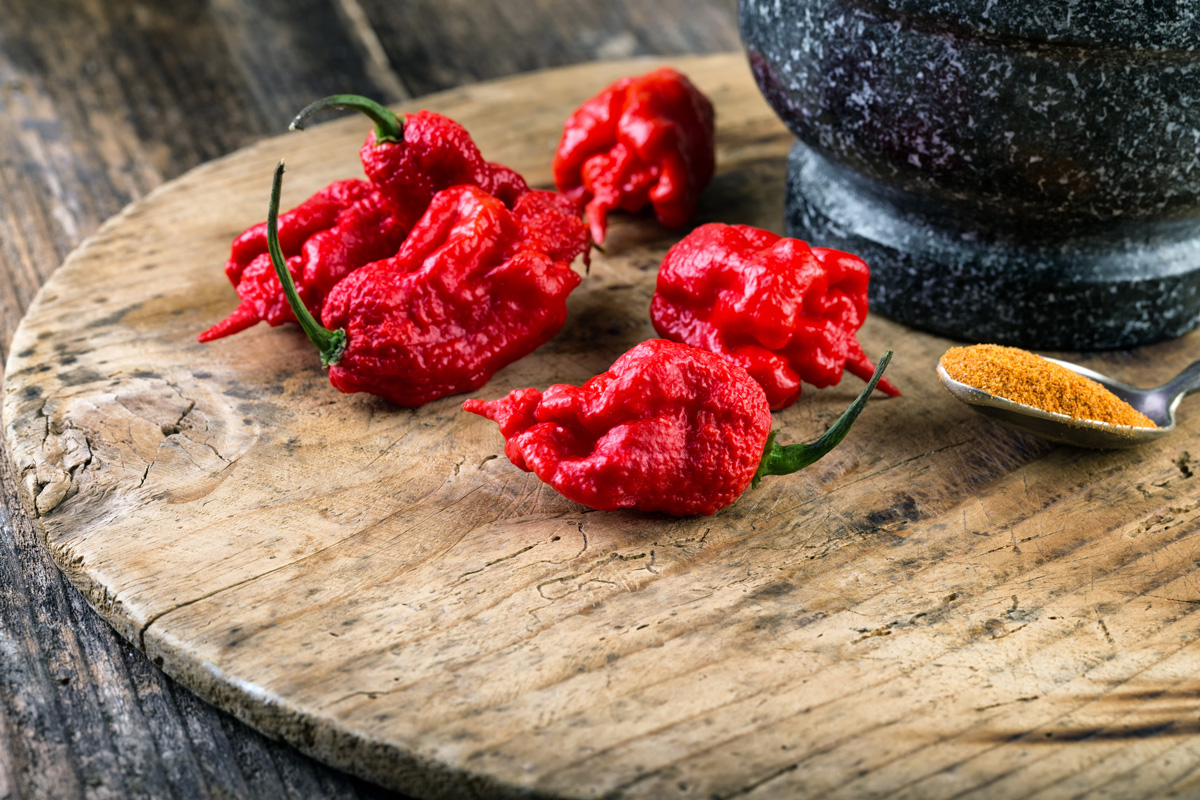

Lighten your mood and rejuvenate your senses with 6 must-try Malaysian drinks!

Pair your hearty barbecues with these refreshing Asian delights!

What are the properties of ginger, and how to pick, store and use ginger in your cooking? Find out here!